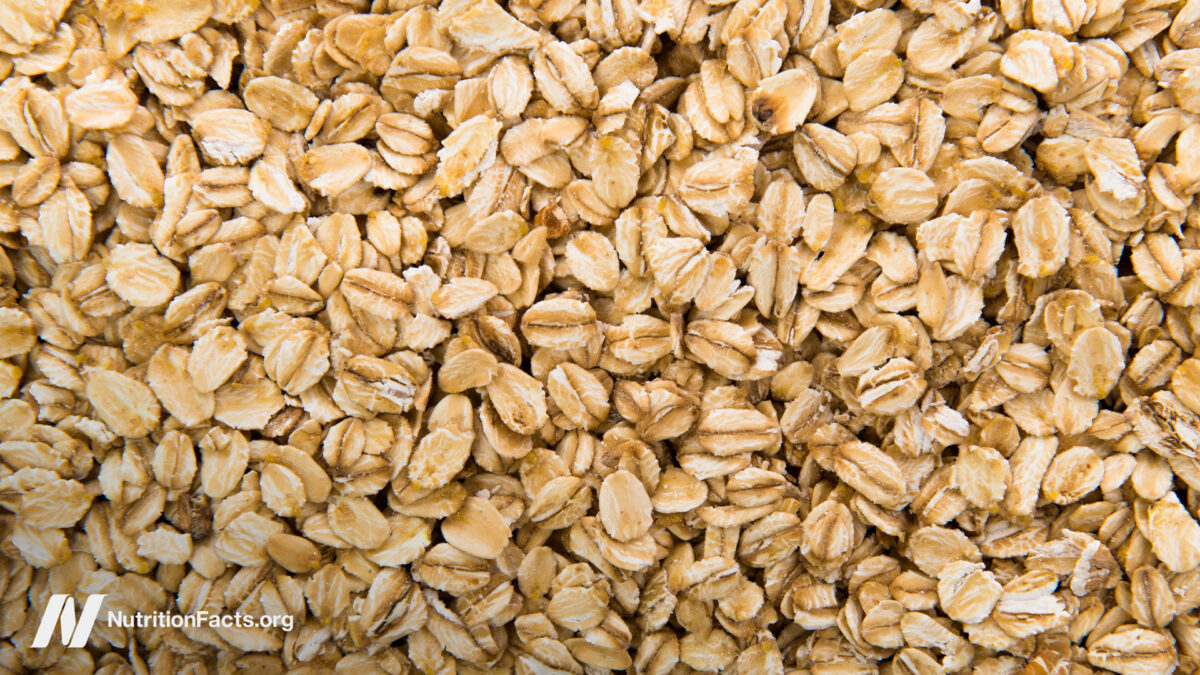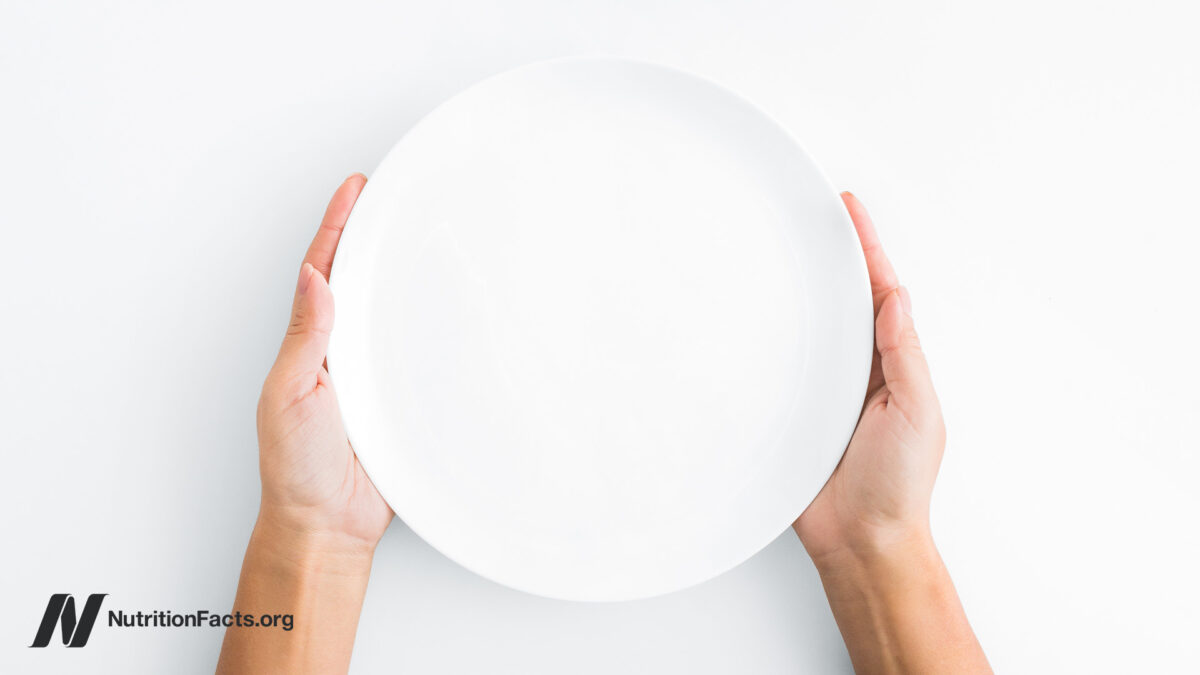There’s no one secret weapon to weight management (no, not even Ozempic). The truth is that it takes a team effort across diet and lifestyle—not to mention consistency and discipline—to curb cravings and tip the scales in your favor. That said, a few powerhouse ingredients can give you an edge on the GLP-1 production front, potentially leading to better results for your diet and weight, especially when taken together. One such pairing of note? Berberine and fiber.
Keep reading to see why berberine and fiber could be the dynamic duo your weight management plan needs for safe, steady, and effective progress.
Benefits of Berberine and Fiber
Berberine is a plant extract that’s been touted as “nature’s Ozempic” all over TikTok— and research appears to back up this claim to fame. Among its chief benefits, berberine shows promise to support healthy glucose levels, weight management, gut health, GLP-1 production, and inflammatory markers. Plus, a 2020 meta-analysis of 12 studies found that berberine intake “modestly but significantly” decreased study participants’ body weight, body mass index (BMI), waist circumference, and concentrations of C-reactive protein (a protein produced in the liver in response to inflammation in the body).
Meanwhile, fiber is a type of carbohydrate that’s crucial for everything from digestion and gut health to heart health and cravings. It’s also involved in GLP-1 production, as the fermentation of fiber produces short-chain fatty acids (SCFAs) that stimulate enteroendocrine cells to secrete GLP-1.
Unfortunately, most Americans don’t get enough of it daily, yet we’d all be better off correcting this gap, whether or not we have weight loss in mind. “Eating enough fiber is key for appetite regulation and for keeping your digestive system moving,” says Gaby-Vaca Flores, RDN, CLE, HUM’s senior education and scientific affairs manager. She suggests thinking of hitting a fiber goal of at least 25 grams daily (for women) as a secret weapon to maximize weight loss success—not to mention support overall health.
Why It’s Worth Pairing Berberine and Fiber
While each ingredient offers its own worthy benefits, pairing them together could amplify them and help you make greater progress towards your goals. Both berberine and fiber can naturally stimulate the production of GLP-1, though they do so in different yet complementary ways.
“More GLP-1 typically means fewer feelings of hunger, which can be especially helpful for people who are eating in a calorie deficit to promote weight loss,” says Vaca-Flores.
Though they share the GLP-1 boosting connection, their benefits for weight and well-being don’t end there. “For instance, berberine can help the body metabolize glucose and fat more efficiently, and soluble fiber can help you stay regular,” Vaca-Flores continues.
Again, it all circles back to the team effort required to not only manage cravings and weight, but also keep your body’s processes and functions on track.
How to Include the Duo in Your Diet
HUM makes it easy to include this dynamic GLP-1 boosting duo with Best of Berberine and Flatter Me Fiber. Per Vaca-Flores, you’ll be good to go by pairing both at the same meal, though you can hack your routine to supercharge results even further.
First, taking berberine at a meal with carbs is ideal since it supports glucose metabolism. Second, it’s possible to plan your Flatter Me Fiber intake strategically to curb cravings in their tracks.
“I recommend taking Flatter Me Fiber with a meal during the time of day where you typically experience the most cravings,” says Vaca-Flores. “For example, if you struggle with afternoon cravings, take it proactively with breakfast since Flatter Me Fiber can help keep you feeling full for up to 4 hours after taking.” (Meanwhile, if you’re a serial late-night snacker like me, sipping on Flatter Me Fiber in the afternoon or evening could be more advantageous.)
No worries if these tips make it more strategic to split up your supplementation across meals. Just remember that daily intake and consistency over time are key. As far as berberine supplementation goes, most clinical research shows results can occur within two months, though some may experience benefits after one month. A slow and steady increase of fiber is essential, too, to avoid digestive distress. Still, you could find yourself feeling more full and with fewer cravings pretty quickly after intentionally adding more of this nutrient into your diet.
Note: If you’re on prescription meds, Vaca-Flores recommends checking in with your doctor before starting to take either of these supplements.
The Takeaway
You don’t necessarily need Ozempic to supercharge your GLP-1 production—especially if you integrate berberine and fiber into your daily dietary routine. While both work in different ways to boost GLP-1 production, it’s important to use them (and the supplements starring them) as tools—rather than one-and-done holy grails—to keep your weight and wellness goals on track.
Remember to get your fiber through whole foods (e.g., fruits, veggies, legumes, whole grains) as well. In addition, don’t underestimate the importance of protein for satiety, maintaining and building muscle mass, and promoting a healthy weight.







